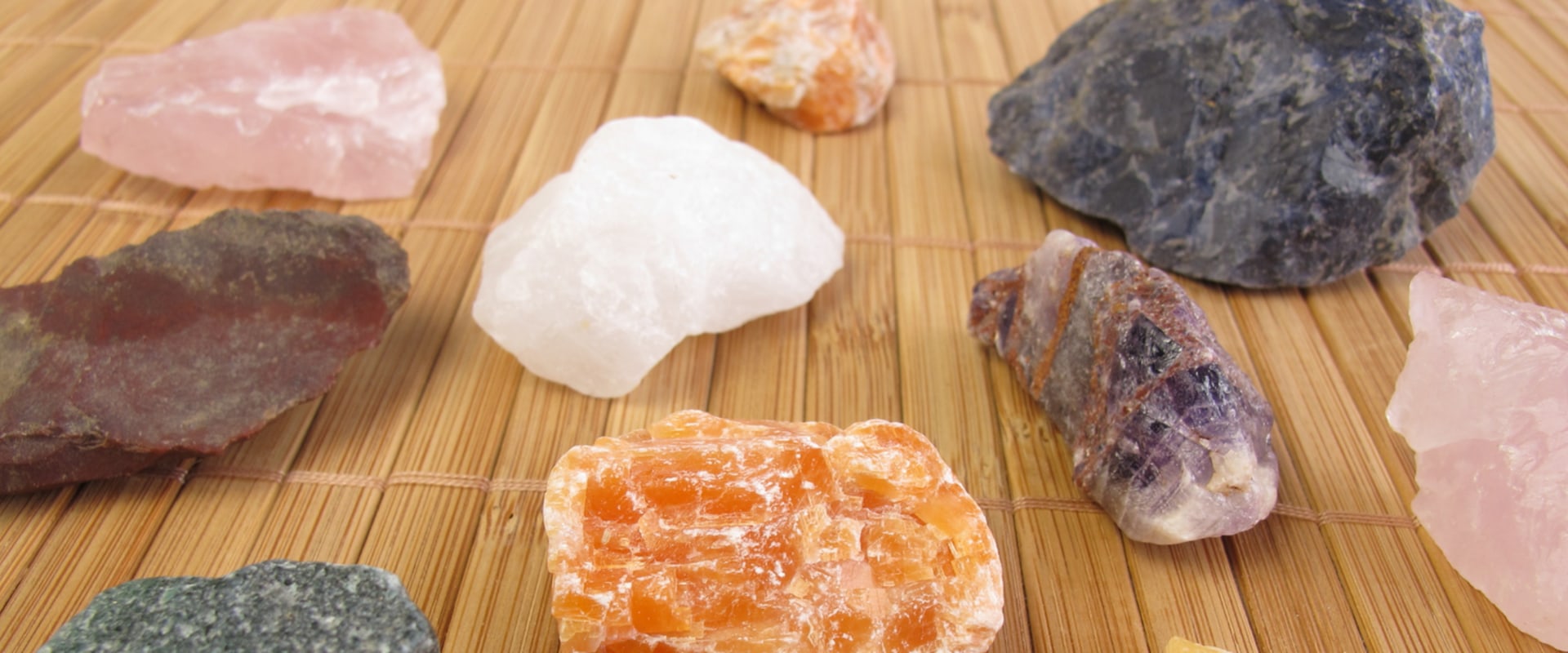Scientists often describe crystals as if they were growing, even though they are not alive. In underground cavities, crystals grow through atoms that connect in regular three-dimensional patterns. Each crystal starts small and grows as more atoms are added, often in waters rich in dissolved minerals. However, this is not a condition, crystals can also form from molten rock or even from fumes.
Under the influence of temperature and pressure, atoms combine to form an amazing variety of crystalline forms. It is this variety and perfection of form and symmetry that has attracted scientists to the study of minerals for centuries. In both animal and laboratory systems, the process of crystal formation begins with the construction of their constituent particles. These particles can be small molecules, groups, droplets or nanocrystals. These particles are unstable and begin to combine with each other, with nearby crystals and with other surfaces.
For example, nanocrystals prefer to be oriented in the same direction as a larger crystal before joining together, just like when adding Lego pieces. Conversely, amorphous conglomerates can simply be added. Later, its atoms organize themselves “making the wave through the mass to reorganize into a single crystal”. Maturation also explains why large crystals (called phenocrystals) surrounded by a sea of small crystals can form in some volcanic rocks. Atoms that are added to the outside of an existing crystal may be slightly out of place, so that all subsequent atoms are arranged in a different orientation than the domain of the original crystal. Other, less exotic crystallization methods can be used, depending on the physical properties of the substance, including hydrothermal synthesis, sublimation, or simply solvent-based crystallization.
Crystallography is the science that measures the crystal structure (in other words, the atomic arrangement) of a crystal. You can often see the characteristic symmetry of a crystal with the naked eye, but if the crystal is very small, a magnifying glass or microscope is a convenient instrument. Metallic crystalline bonds have many movable valence electrons, also known as delocalized electrons, making these crystals an excellent conductor of electricity. In the last block of ice, each of the small crystals (called “crystallites” or “grains”) is a true crystal with a periodic arrangement of atoms, but the entire polycrystalline does not have a periodic arrangement of atoms because the periodic pattern breaks at the boundaries of the grains. When you think of crystals or crystalline substances, you may think of several crystals such as quartz, amethyst, jasper or turquoise. Keep in mind that hornblende is euhedral because it was surrounded by liquid (molten mass) as it crystallized and, as a result, atoms could easily migrate to growing crystal faces.
Crystal formation is influenced by several factors such as pressure and temperature and results in a beautiful variety of crystals. These conclusions published on July 31 in Science with De Yoreo as lead author have implications for decades-old questions about crystal formation such as how animals and plants give minerals shapes that are not related to their original crystal symmetry or why it is so difficult to eliminate some contaminants from sediments from streams and groundwater. This means that larger crystals are chemically more stable because the molecules inside the crystal are less reactive and have less energy than those outside. The variety and symmetry of crystal patterns have long led scientists to study them and have given rise to a specific branch of science for studying crystals called crystallography. Initial crystallization creates small nuclei many of which continue as centers of crystals during continuous growth.
